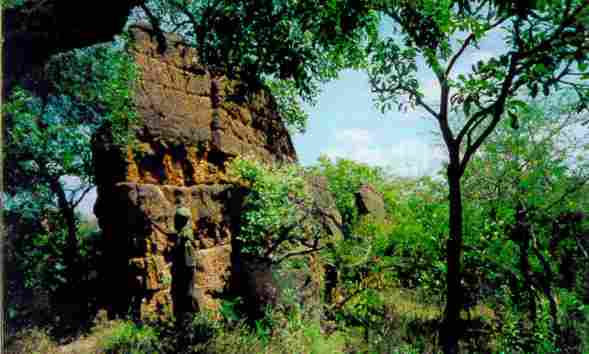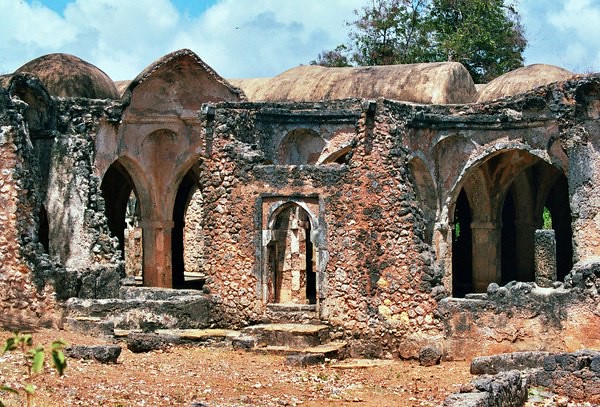You are using an out of date browser. It may not display this or other websites correctly.
You should upgrade or use an alternative browser.
You should upgrade or use an alternative browser.
Indigenous African architecture
- Thread starter Raptor
- Start date
More options
Who Replied?The Wall Is Undefeated!
Superstar
Oursi Hu-Beero - ~11th century CE 2 storey mansion in Burkina Faso.
Be forewarned. The inhabitants of the mansion suffered a terrible fate.
Oursi hu-beero




Digital reconstruction of what the mansion would've looked like

Oursi Hu-beero
Be forewarned. The inhabitants of the mansion suffered a terrible fate.
Oursi hu-beero
At Oursi hu-beero, the archaeologists Lucas Petit and Maya von Czerniewicz with the help of the historian Christoph Pelzer have discovered a heretofore-unknown large building in use during the 11th century AD. The complex was probably burnt down deliberately, and the inhabitants slaughtered. The conflagration enabled the team to excavate the inventory in situ and to find all architectural features in an extremely hard fired state. The structure contains at least 25 different rooms, without any well-defined construction scheme. Some are more circular, and others are irregular and built in open spaces in between other enclosures. The whole complex was roofed and most daily activities took place on the upper floor. In the centre of the building a clay-made bench was unearthed with several containers on top filled with ashes. In front of the bench small pillars were made, similar to objects used for ancestor-devotion among the Lobi or Somba groups a little south of the area under discussion.
The complex, measuring approximately 400 square meters, was once the centre of a wide-spreading village. The archaeologists have cleared about 80% of the building. Did this building serve some kind of public function? Given the existence of even bigger modern households of the Lobi and Dagara, size alone does not seem to be scientific proof enough to consider such a function.




Digital reconstruction of what the mansion would've looked like

Oursi Hu-beero
Premeditated
MANDE KANG
I was going to post thisOursi Hu-Beero - ~11th century CE 2 storey mansion in Burkina Faso.
Be forewarned. The inhabitants of the mansion suffered a terrible fate.
Oursi hu-beero




Digital reconstruction of what the mansion would've looked like

Oursi Hu-beero
ayo @MischievousMonkey did you know there is a huge market in central Dakar that is sudanic architect?
apparently it's getting renovated. Not the building it self but the area around it
Nice thread
Secure Da Bag
Veteran
Bet ya ain't know it was Africans who designed all those elaborate castles in Europe. Prior to that cac Kings would sleep in the same pens as pigs and other livestock.
Link?
























